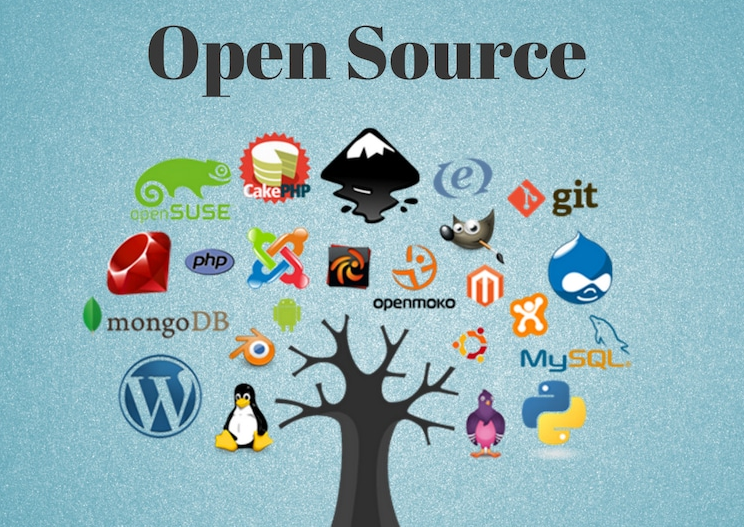Open Source Software (OSS) is not just a concept; it’s a revolution that has significantly impacted the tech industry. Understanding Open Source Software is like peeling back the layers of a dynamic, collaborative world of innovation and sharing. In this blog post, we will explore the very essence of Open Source Software, its history, principles, benefits, and how it is shaping the digital landscape we inhabit.

The Genesis of Open Source Software
The roots of Transparent Software can be traced back to the early days of computing. However, the modern open-source movement gained momentum in the late 1990s. Its origins lie in the desire for collaboration, shared knowledge, and the belief that software should be freely accessible to everyone. This movement was a response to the limitations and restrictions imposed by proprietary software.
Principles and Characteristics
Accessible Community-Driven Software refers to software with its source code made available and licensed under terms that allow users to study, modify, and distribute the software freely. The key characteristics include accessibility to the source code, the freedom to modify, open distribution, transparency, and the promotion of collaboration within a community.
The Open Source Philosophy
At the heart of Software lies a powerful philosophy of collaboration and community-driven development. Developers across the globe come together to contribute, improve, and refine the software collectively. This approach fosters a sense of shared ownership, knowledge exchange, and a dynamic ecosystem of creativity.
Licensing of this Software
Community-Driven Software operates under licenses that grant users certain rights to use, modify, and distribute the software. These licenses play a critical role in preserving the core principles of openness, ensuring that the software remains accessible to everyone while protecting the rights of the creators.
Advantages of this Software
The benefits of Collaborative Software are manifold. It encourages innovation, promotes transparency, reduces costs, ensures flexibility, and fosters a sense of community and collaboration. Businesses like online casinos and individuals alike can leverage these advantages to achieve their goals efficiently and effectively.
Popular Open Source Software Projects
Numerous prominent Collaborative Software projects have left an indelible mark on the digital landscape. Projects like Linux, Apache, Mozilla Firefox, and WordPress have revolutionized their respective domains. Proving the efficacy and potential of open-source solutions.
Challenges and Limitations of Open Source Software
While Collaborative Software offers a plethora of benefits, it also presents certain challenges such as support issues, integration complexities, and concerns about security and reliability. Understanding these challenges is crucial to making informed decisions regarding the adoption and implementation of open-source solutions.
The Future of Open Source Software
As technology continues to evolve, Community-Driven Software is expected to play an increasingly significant role. The community-driven approach and the constantly expanding ecosystem are likely to drive innovation. Making Open Source Software a vital force in the digital transformation journey.
Conclusion
Understanding Community-Driven Software is not just about comprehending the technical aspects; it’s about embracing a philosophy that advocates for the power of collective intelligence and collaborative innovation. Open Source Software has demonstrated its potential to transform industries, empower individuals, and shape a future where knowledge is open, accessible, and shared for the greater good.

